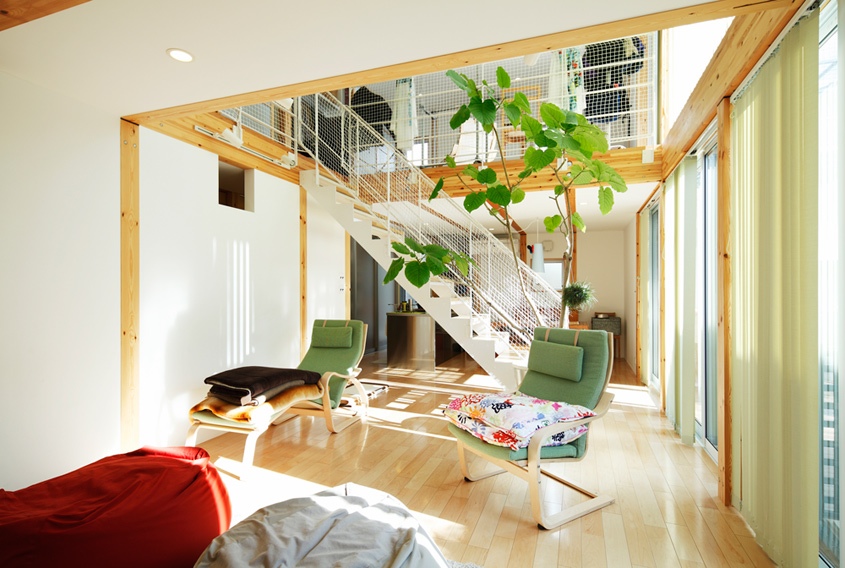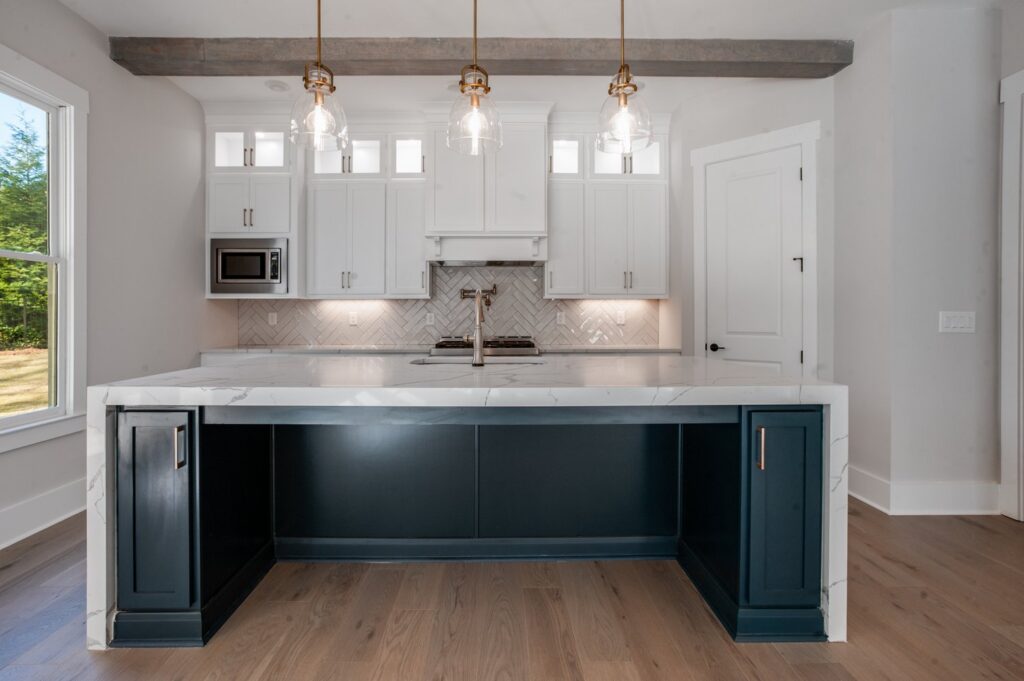Japanese home interior design is renowned for its simplicity, harmony, and focus on nature. Embracing the principles of Zen philosophy, Japanese interiors create a tranquil and balanced living space that promotes a sense of serenity and mindfulness. In this article, we will explore the key elements and ideas that can help you achieve a Japanese-inspired home interior that celebrates the beauty of simplicity and the connection with nature.
Minimalism and Simplicity
At the heart of Japanese home interior design is minimalism and simplicity. Streamline your space by decluttering and keeping only essential items. Furniture and decor should be clean-lined and unobtrusive, allowing the natural beauty of the surroundings to take center stage.
Natural Materials and Earthy Tones
Embrace the use of natural materials to create a harmonious connection with the environment. Wood, bamboo, stone, and paper are commonly used in Japanese interiors. Incorporate these materials into flooring, furniture, and decor elements. Opt for earthy tones such as beige, brown, and soft greens to evoke a sense of tranquility and balance.
Tatami Flooring and Shoji Screens
Tatami flooring and shoji screens are iconic elements of traditional Japanese interiors. Mats provide a soft and comfortable surface for seating and sleeping, while shoji screens serve as sliding doors and partitions that allow for flexible room configurations and soft diffused light.
Indoor-Outdoor Flow
Japanese home design often seeks to blur the boundaries between indoor and outdoor spaces. Create a seamless flow by incorporating large windows or sliding glass doors that open up to gardens or natural landscapes. This not only brings in ample natural light but also allows you to enjoy the beauty of nature from within your home.
Zen Garden and Water Features
If space permits, consider incorporating a small Zen garden or a water feature in your home interior. These elements add a calming and meditative aspect to your living space, allowing you to find peace and mindfulness amidst the hustle and bustle of everyday life.
Ikebana and Bonsai
Bring the beauty of Japanese art and culture into your home with ikebana (flower arrangement) and bonsai (miniature tree cultivation). Ikebana arrangements can add a touch of elegance and color to your living spaces, while bonsai trees symbolize harmony and patience.
Japanese Art and Calligraphy
Adorn your walls with traditional Japanese art or calligraphy to add cultural depth and visual interest to your interior. Choose art pieces that reflect the simplicity and beauty of nature, such as landscapes, cherry blossoms, or bamboo.
Conclusion
Japanese home interior design celebrates the art of simplicity, mindfulness, and connection with nature. By incorporating minimalism, natural materials, earthy tones, tatami flooring, shoji screens, and a seamless indoor-outdoor flow, you can create a tranquil and elegant living space that reflects the timeless beauty of Japanese aesthetics. Embrace the principles of Zen philosophy and celebrate the essence of Japanese culture in your home, fostering a serene and harmonious environment that nourishes the mind, body, and soul.




